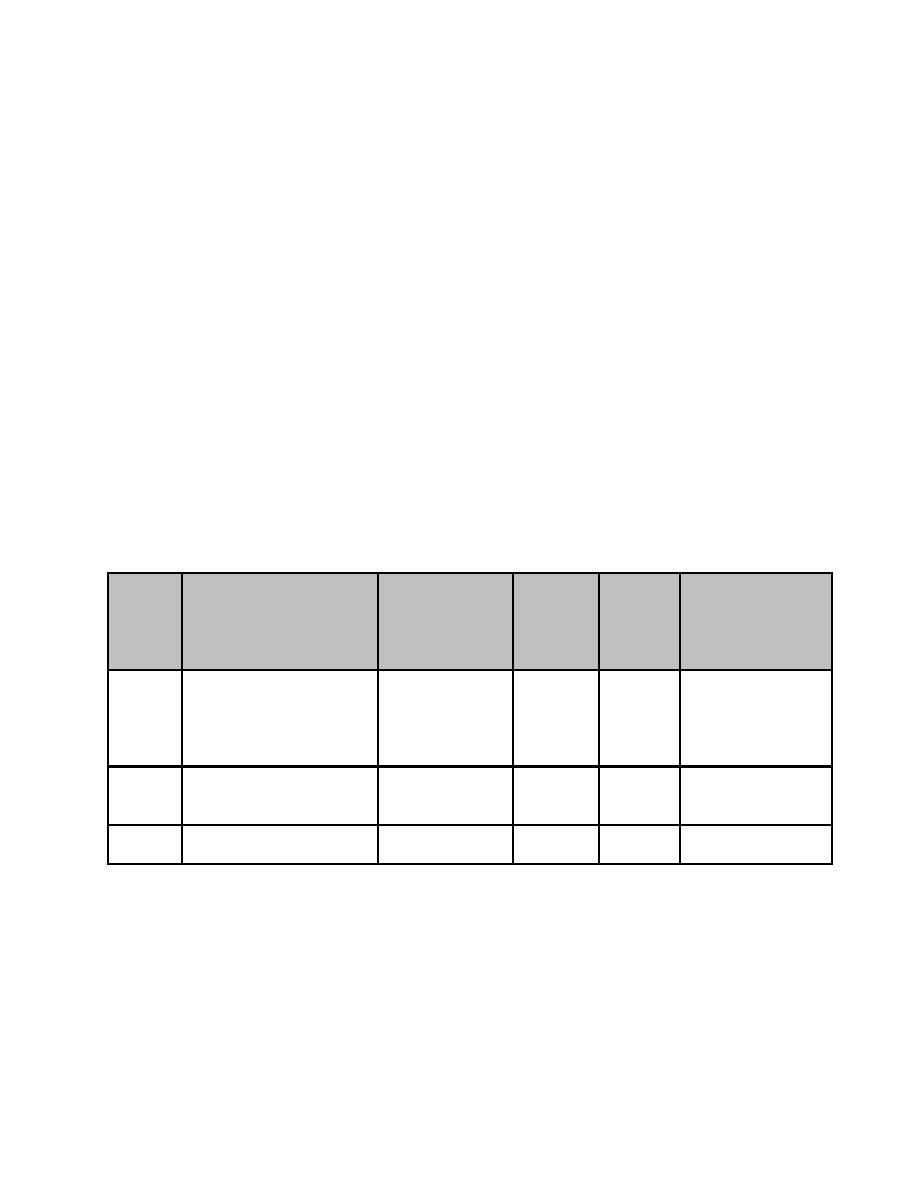 |
|||
|
|
|||
|
Page Title:
Table 2-3. Dissociation pressure equation parameters for uranium hydride, deuteride, and tritide |
|
||
| ||||||||||
|
|  DOE-HDBK-1129-99
3
He, N2, O2, or Ar, either remain in the overpressure gas in the bed or react with uranium to form
stable compounds. Inert gases, such as Ar, will remain in the overpressure gas, and can be
removed by pumping off with a vacuum pump after the pressure has stabilized; however, helium-3
uranium to form stable uranium compounds in the bed, and, therefore, cannot be pumped off at all.
As the temperature of the bed is increased, the tritium partial pressure increases as a function of
temperature. Depending upon the U:T ratio, it can reach a pressure of around 500 pounds per
containers, etc., by heating the bed and then cooling it to room temperature. The general form of
the equation for the dissociation pressure, P, in millimeters of mercury (mm) for uranium hydride,
deuteride, and tritide is:
log Pmm = - A/T + B
or
Pmm = 10 (A/T(K)) + B
where T = temperature (K)
The values for A and B for hydrogen, deuterium, and tritium, determined by several different
investigators, are listed in the following paragraphs, and the results are shown in Table 2-3 and
plotted in Figure 2-4. Figure 2-5 is a plot of the general characteristics of uranium hydride,
deuteride, and tritide.
TABLE 2-3. Dissociation pressure equation parameters for uranium hydride, deuteride, and tritide
Temperature
(C) required to
Temperature
generate a
Range (oC)
Metal
A
pressure of
Tritide
Reference
Investigated
(/Kelvin)
B
1 atmosphere
UH3
Spedding, et al.
260 to 430
4500
9.28
430
Destriau & Seriot
243 to 412
4255
9.08
415
Wicke & Otto
200 to 430
4450
9.20
434
Mogard & Cabane
500 to 650
4480
9.20
435
Libowitz & Gibb
450 to 650
4410
9.14
432
UD3
Spedding, et al.
unspecified
4500
9.43
414
Destriau & Seriot
unspecified
4401
9.01
445
Wicke & Otto
unspecified
4500
9.40
417
UT3
Flotow & Abraham
unspecified
4471
9.461
408
WSRC
unspecified
4038.2
6.074
unspecified
10
|
|
Privacy Statement - Press Release - Copyright Information. - Contact Us |